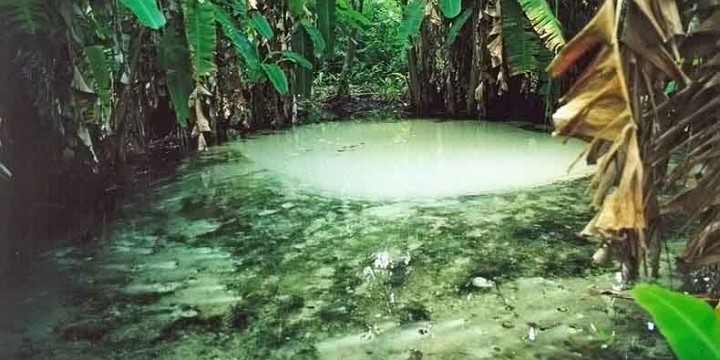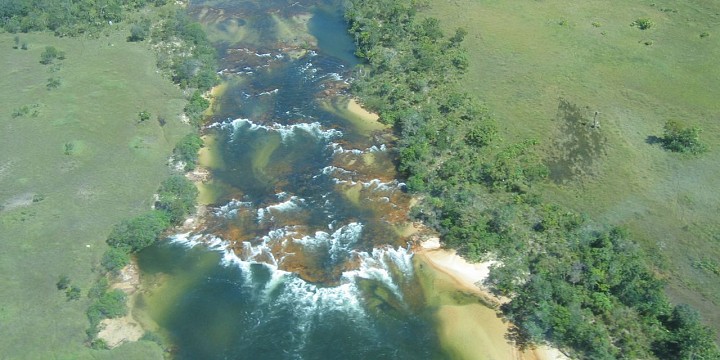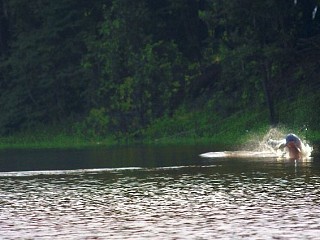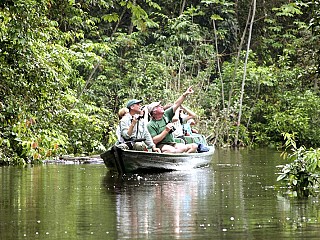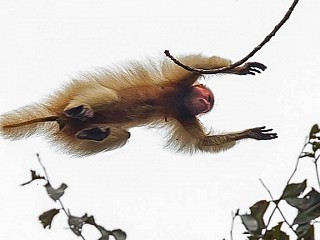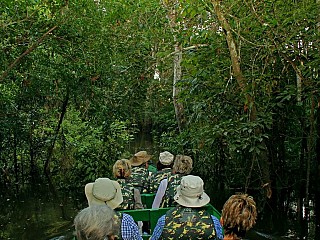In the heartland of Brazil, surrounded by the great Serra Geral (the major chain of mountains in Brazil), with its rivers of fresh and pure waters, paradise-like beaches, pristine and wild nature, there is one of the last regions where nature has been blissfully preserved: Jalapão.
Jalapão has cinematographic scenery. It has abundant waterfalls, rivers and lakes. And all of this is punctuated by fine, reddish sand dunes in the midst of sparse backwoods vegetation. It is no doubt the perfect background for tourism and radical sports such as rafting, canyoning and vertical modalities. It is a place that is attractive and rustic, ready to be conquered. It derived its name from a common habit in the region. Jalapa-do-brasil is a native plant used to cure stomach ailments. Because of its bitter flavor, local inhabitants normally eat it with a piece of bread. That is where the juxtaposition comes from: jalapa-pão (pão is bread in Portuguese). No matter what, Jalapão impresses with its pure size: it occupies approximately 20% of the State of Tocantins. Sandstone plateaus that reach one thousand meters in height dominate the landscape. They say that here is where the sea became the hinterland. Despite being considered a desert, the fauna abound: the maned wolf, the pampas deer, the rhea, the great anteater, the jaguar and other regional species hide in the typical hinterland vegetation to escape the punishing sun that accentuates the dry climate with its constant 30ºC temperature. The biggest surprise for all those who venture here is to find an abundance of perennial rivers with transparent and still pure water.
There are two well-defined seasons during the year: the rainy season, between October and April and the dry season, between May and September.
Facts about Jalapão:
- The region Jalapão concentrates the largest protected area of Cerrado, with a wide range of environments and high biodiversity.
- It's best known region of Tocantins, both in Brazil and abroad, thanks to images of dunes, savannah, paths, waterfalls, rivers, golden grass handicrafts, white sand beaches, plateaus up to 800 feet tall and a rich fauna including macaws, seriemas, maned wolves, foxes, emus and deer -foresters and lapwings.
- A part of Brazilian history can be seen here. The Morro Cathedral in Sao Felix do Tocantins and Holed Stone Bridge High Tocantins are archaeological sites with signs that the region had been inhabited since prehistoric times by paleo-Indians who preceded the Indians we know today.

